 Plant Nature Study II
Plant Nature Study II
Plant Nature Study II
Plant Nature Study II



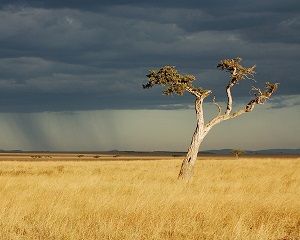

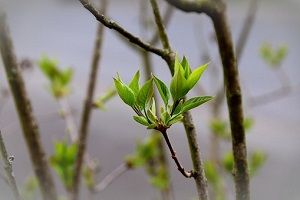
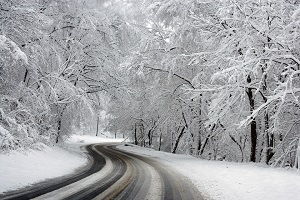
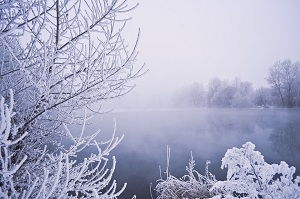
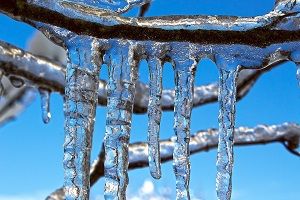
 Plant Nature Study II
Plant Nature Study II
Plant Nature Study II
Plant Nature Study II

Study the lesson for one week.
Over the week:
HEAT
Conduction (Solids)
Convection (Liquids/Gases)
Radiation
Activity 1: Narrate the Lesson
Activity 2: Study the Lesson Pictures
Activity 3: Take a Nature Walk
Activity 4: Complete a Field Book Entry

After your nature walk, complete page 34 in 'Science Field Book for Fourth Grade.'